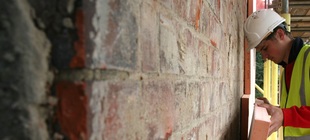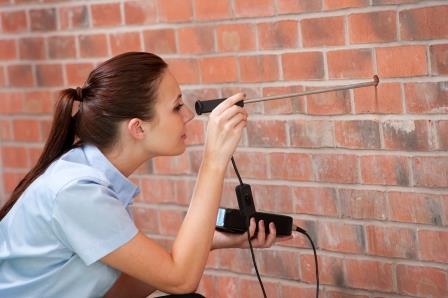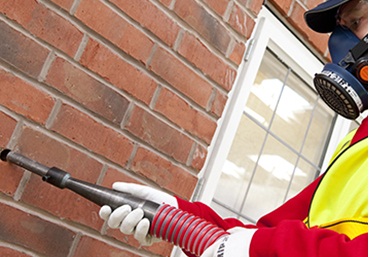Looking for an Energy Assessment?
You will need an Energy Performance Certificate (EPC) before you consider undertaking any significant energy efficiency measures or if you are considering selling or letting a property. If you don't have one, you will need to complete the booking form below.


